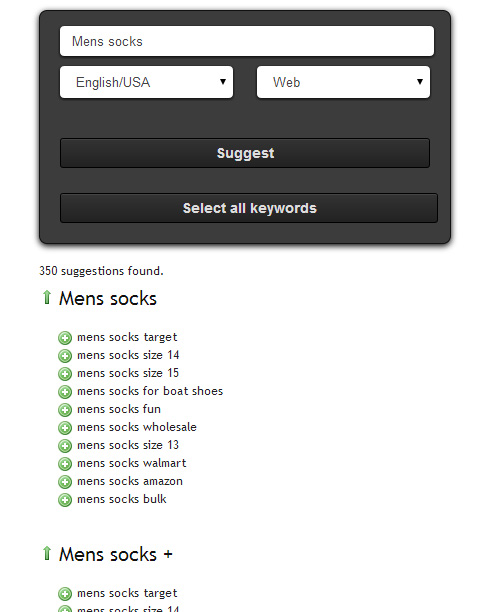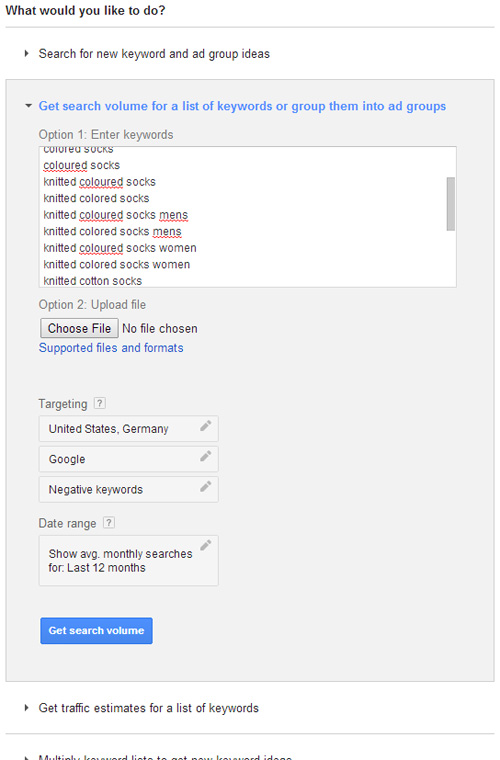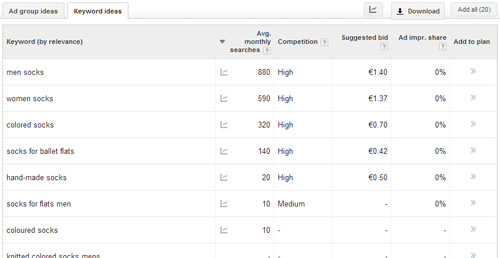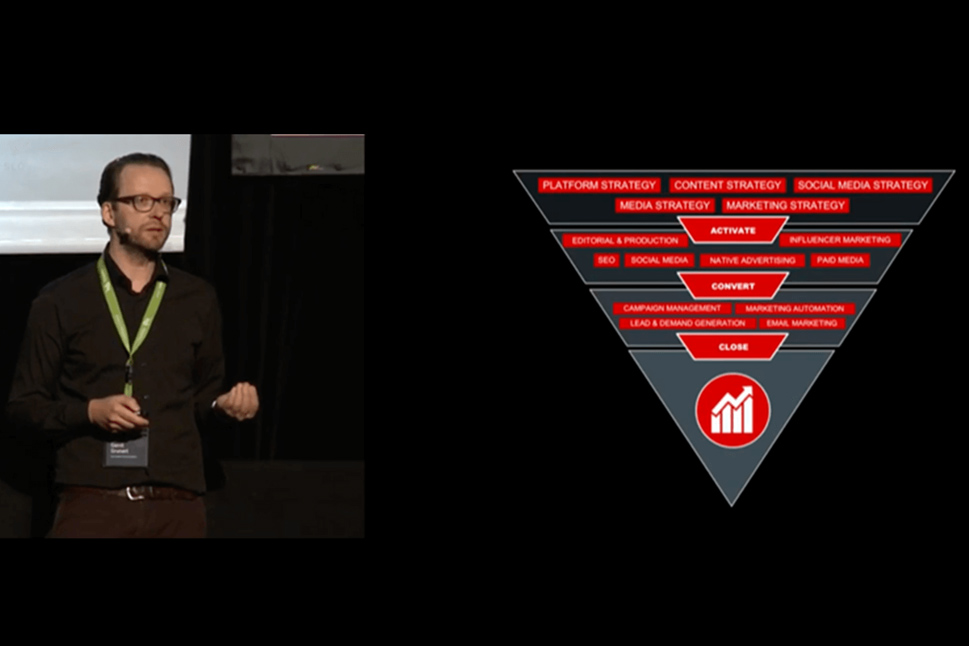7 easy steps to the perfect long tail keyword
Last updated on April 21, 2022 at 20:37 PM.The first page on Google – That’s where we all want to be. It promises higher visibility, higher brand awareness and a higher conversion rate. In the worst case scenario, you won’t even show on any of the first ten pages. How can you improve your ranking efficiently and sustainably without spending money on it? We’ll show you how!

The problem
There are two reasons your competition may enjoy a better ranking for a particular search query: They either have a very clever keyword strategy, or they’ve invested a lot of money. It can prove difficult to improve your ranking. Achieving high visibility seems to be a lengthy and expensive task.
The solution
Niche keywords - or long tail keywords - solve your problem! They comprise a number of keywords. Rather than concentrating on one popular keyword, you should find your niche and utilise it.
This makes it easier to achieve better placement, given that your competition is reduced, while users continue to search for these terms. A group of terms making up a long tail keyword can achieve the same number of clicks as a popular single keyword. With time, their success will add up, procuring more clicks for you in the long-term, and therefore earning you higher rankings.
Step by step to your niche keyword
We recommend using an Excel table for the method described below. This allows you to order, weight and standardise results (e.g. prioritisation by ranking figures). A formula will then help you derive an overall value by which you can rank your new keywords.
1. Search
You should start by searching for potential keywords and phrases. You can’t go wrong here: Synonyms, alternative spellings or related words. You should aim to find a promising niche. The more special, the better.
The tool Übersuggest is a great help here. Enter a word, select your market and consider the suggestions for related search queries. Googles Keyword Planner also offers free keyword ideas, while Google Trends keeps you up-to-date with search query trends.

However, you shouldn’t limit yourself to Google. Bing and Yahoo Search often offer different ranking distributions and equally reach many users.
Even the search field itself can point you in the right direction: Enter your keyword and be inspired by the suggested search queries. An off-page analysis of your competitors can also be helpful. Which keywords does your competition link to? Which topics have you left out?

2. Expand
Step 2 is rather quick: Find suitable terms not related to the product, but relevant to the user to expand your individual keywords; for instance buy, deliver or used. Use your region or city. It really pays to specialise here.
3. Combine
Now, combine the words you came up with in steps 1 and 2. Try to find as many combinations as possible.
Textmechanic has brought out a tool to assist with this process. Enter the words below one another and leave a blank space behind each one (!) to create combinations of two or more words. Then copy the lot into an Excel sheet.

4. Delete
You now have a long list of combinations and not all of them really make sense. So, it’s time to sort through them. Duplicates, nonsense groups of words and anything else that doesn’t look too promising at a glance can go.
5. Check
Your next step is to check which long tail keywords are relevant. Do users actually search for this term or are these groupings way too specific? You can go back to the Google Keyword Planner to go through them. Simply enter the phrases from the Excel sheet into the search mask. It’s really important to enter the correct market. The keyword planner can only ever process 800 queries at a time. If you have more than that, you’ll need to re-run the query several times.
If you state your market as “Germany”, it shows you the monthly number of local queries for this search term.

6. Compare
In addition to the search volume, you can also see the competition for each keyword. In the browser, Google only differentiates between “low”, “medium” and “high”. However, if you export your data as a CSV file, each term or phrase is assigned a value between 0.0 and 1.0. A higher value indicates that an improved ranking is more difficult to achieve.

7. Prioritise
Finally, you should prioritise your keywords. Be guided by the question: “Will the user find what he is looking for when he enters this search query?” Weighing your long tail keywords by the number of words or level of specialisation will also help your prioritisation efforts.
Each one should only target one part of your internet presence, e.g. a landing page or a blog post. You should never attempt to rank one page for several keywords. First of all, this may lead to the search engine classifying you as spam. On top of that, you risk an unsatisfied customer, unable to find the product he is looking for on the first go.

Review
Never neglect your keyword monitoring supported by the right KPIs and tracking methods. Finding the perfect long tail keyword is only one part of your keyword strategy. Your success will equally depend on keyword placement, use and frequency.
But that’s another topic and we’ll get back to that another time. Of course, we’re always happy to explain this personally. If you’re interested, feel free to contact us anytime!
 Gerrit Grunert
Gerrit Grunert
Gerrit Grunert is the founder and CEO of Crispy Content®. In 2019, he published his book "Methodical Content Marketing" published by Springer Gabler, as well as the series of online courses "Making Content." In his free time, Gerrit is a passionate guitar collector, likes reading books by Stefan Zweig, and listening to music from the day before yesterday.


























































































